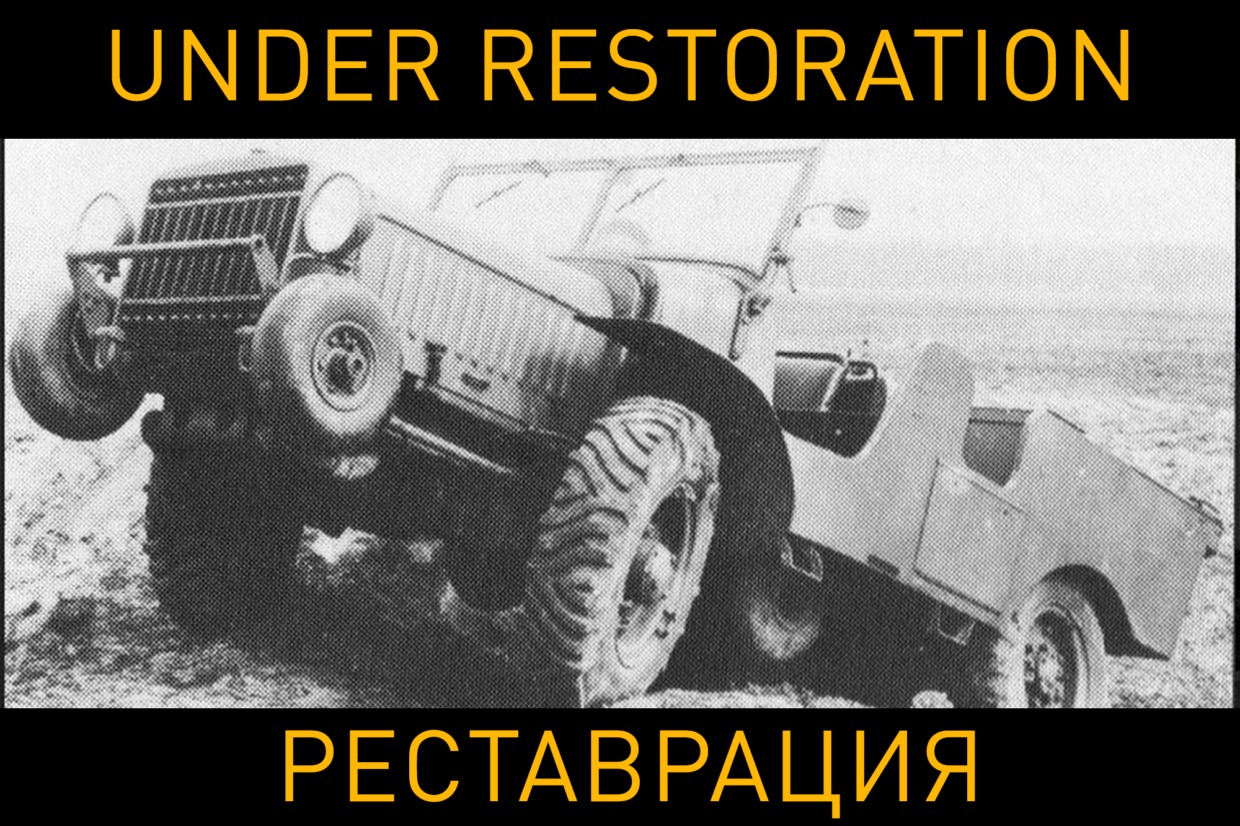This entry is also available in: Russian Chinese (Traditional)
Founded in 1849, the French company Laffly produced trucks and commercial vehicles. In 1912, Laffly began producing cars in Boulogne-Billancourt, a suburb of Paris, better known for the historic Renault factory.
From the early 1930s to the end of World War II, Laffly produced many military trucks, fire trucks, and utility vehicles, such as road sweepers. Laffly worked closely with Hotchkiss. Vehicles were mainly designed by Laffly, but equipped with Hotchkiss engines, so both companies made enough profit.
In 1934, the French Army adopted a 25mm anti-tank gun and needed a new type of vehicle that could tow a gun, carry ammunition and five soldiers simultaneously, and be able to move both on roads and in rough terrain.
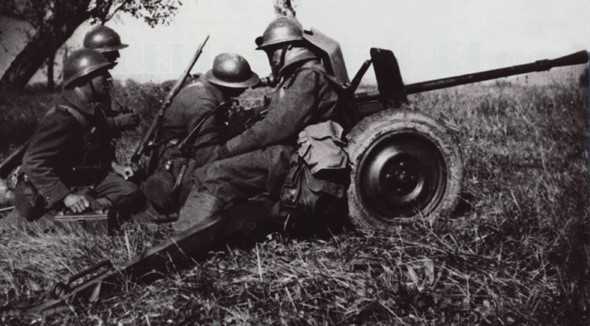
In 1936, the only vehicle available at the time that could perform the task was the 1931 Renault UE tracked armored vehicle, but it did not meet all requirements: armored and tracked, it was slow, unsuitable for long-range throwing, and was extremely expensive to produce.

1932 Renault UE / 31R
Proposed by Laffly in early 1938, the four-wheel-drive V 15T prototype was the first vehicle to meet this entirely new challenge. Logically, it was the first to undergo the test program, which began on July 6, 1938. The future tractor had to be able to carry five men (including the driver) over any terrain and 10 boxes of ammunition while towing a 25mm gun.
Also in testing were the Bernard TT 4, which proved unsuitable for transporting personnel, and the Latil M7T1, an excellent vehicle that was preferred to the infantry in early 1939.
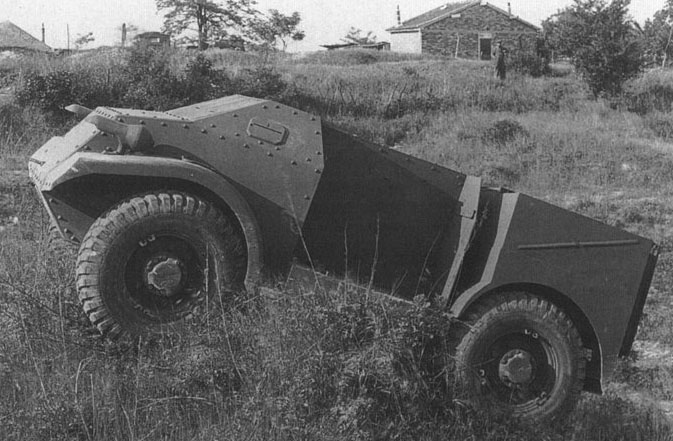
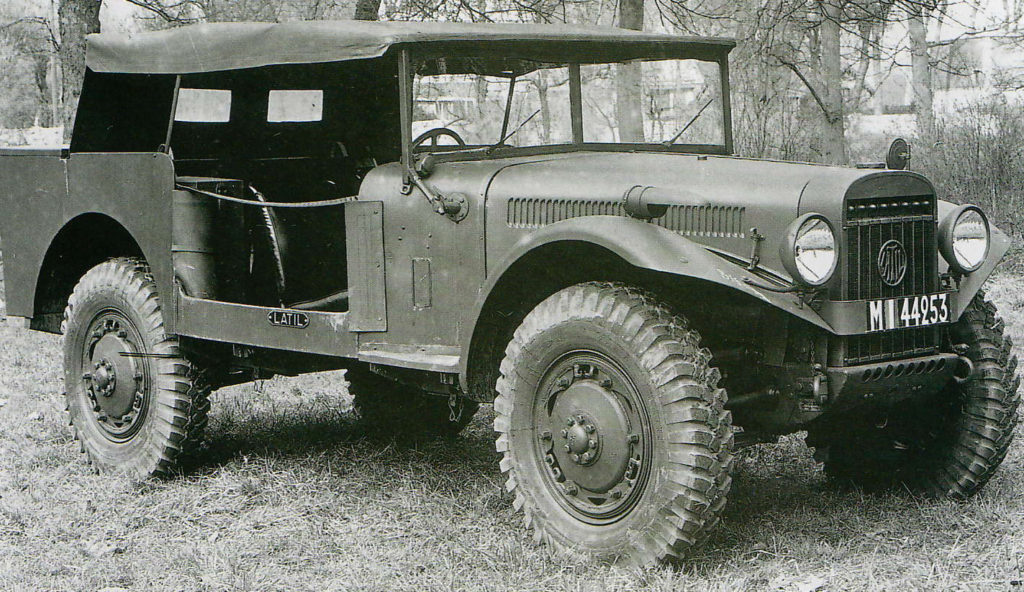
The Cavalry, which had favored the Asnières-based manufacturer since the introduction of its first four-wheel drive machines, did not wait for Latil to go into production and placed an order for 100 Laffly V15 Ts to form antitank divisions in the summer of 1938.
These tractors, delivered under contract No. 86 164 D/F for the cavalry, would remain the only production tractors delivered by the Laffly plant on Avenue des Gresillons, Asnieres.
The first order for 100 machines was followed by a request for another 1,386 machines, to be delivered by the end of September 1940. In fact, in addition to the one hundred already produced, less than 100 cars were delivered in June 1940. The second batch was produced by another company, the La Licorne automobile factory.
Corre La Licorne was an automobile company founded by Jean-Marie Corre in 1901 under the name of the Société Française de l’Automobile Corre. At the beginning of its activity, the company produced convertibles, tricycles, and quadricycles equipped with a single-cylinder engine. The cars were produced under the name Corre, then Corre-La Licorne, when the firm decided to decorate the grille with a unicorn (“licorne” in French). It seems that they took this emblem thanks to the champion racer Valdemar Lestienne, whose family coat of arms featured a unicorn. The company came under the ownership of Valdemar Lestienne in 1907, who made his fortune in textiles and soon abandoned the name Corre to retain only the name La Licorne or simply Licorne.
After World War II, Laffly cars were not part of Pons’ plan to produce cars, and Laffly ceased operations in 1949 after being bought by Bugatti and then sold to Berliet.
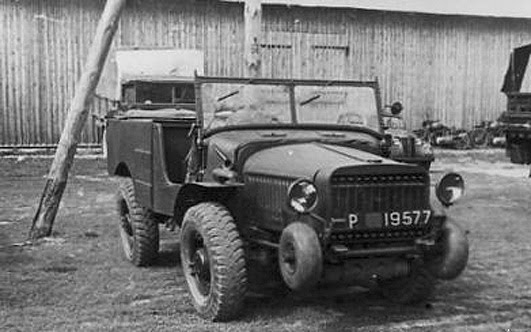
Speaking of the tractor’s appearance, we believe that the vehicle’s appearance is due to its independent suspension, where each wheel is connected to an arm oscillating along an axis parallel to the central beam-frame. Thus, the inclination of each wheel depends entirely on the movement of its suspension (up to thirty degrees). From the central differential-reduction unit depart four shafts, one for each wheel. The differential is mounted only in the rear pair of wheels and can be blocked in rough terrain. Each of the front wheels can be driven separately by levers next to the driver’s seat, for which there is no differential.

Small non-motorized ditch crossing wheels are mounted at the front and center of the body. The multi-section radiator is designed so that its individual elements can be replaced or plugged in case of damage.
The pose of the driver is rather uncomfortable, straight legs stretched horizontally. There are several levers in the cab, which were to be controlled by the driver:
• levers used to engage each front wheel individually
• rear-wheel differential locking lever
• transfer box lever
• gear shift lever
• handbrake lever.

One hundred machines produced by the Laffly factory have frame numbers 183001-183100.
95 machines produced by La Licorne are known under frame numbers 600001-600095.
Few of the machines produced after the capture of France for service in the Wehrmacht and about 500 were produced. (judging by the last known serial number) have instructions written for Wehrmacht drivers (D663/7 and D633/8).
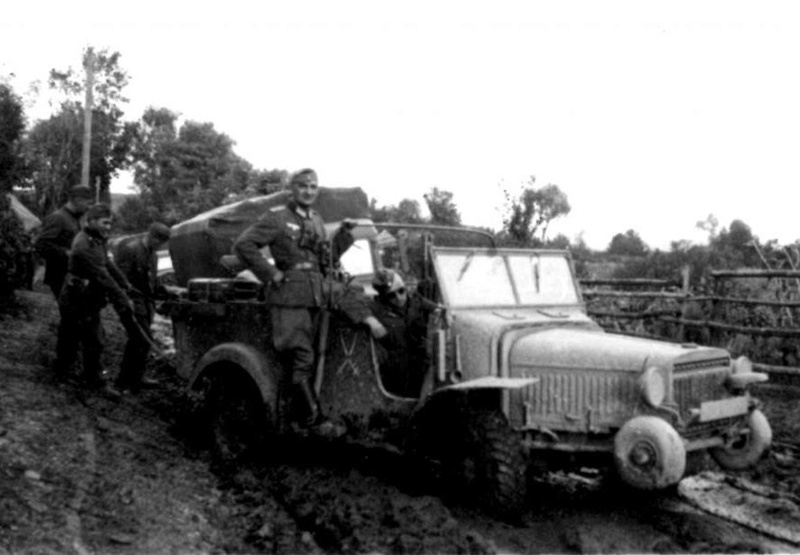
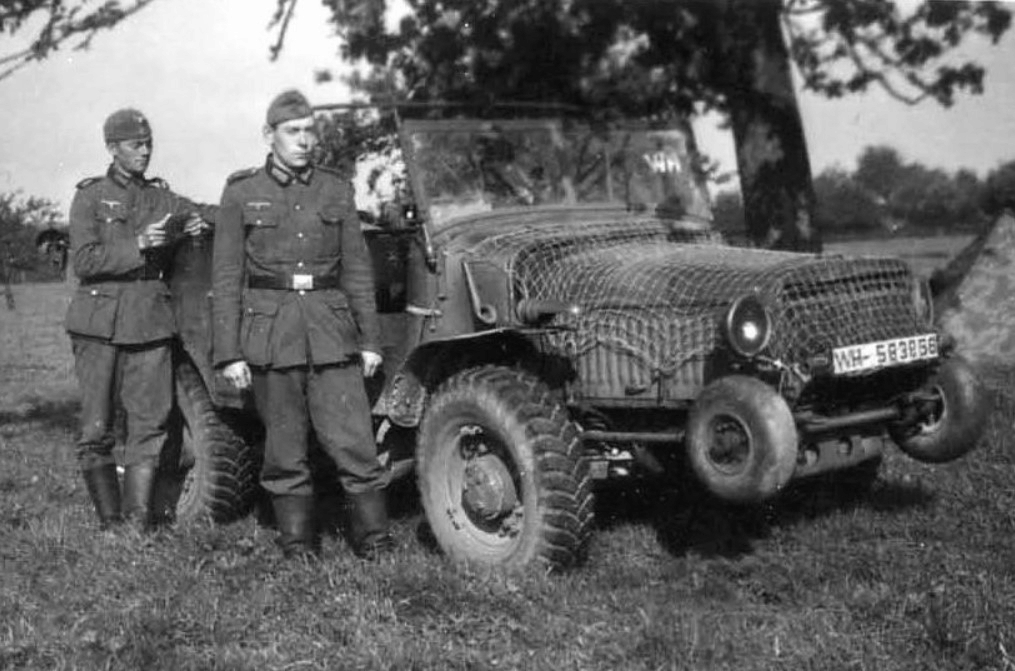


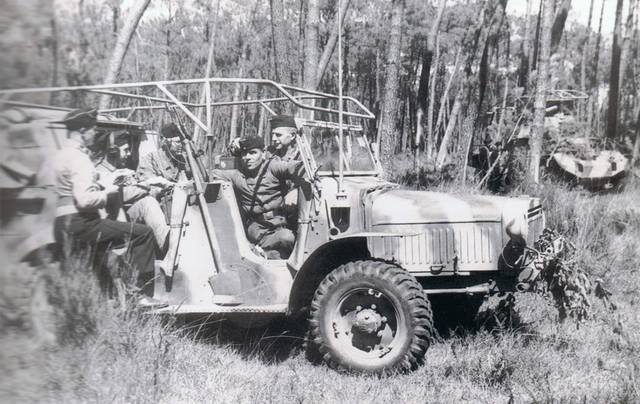
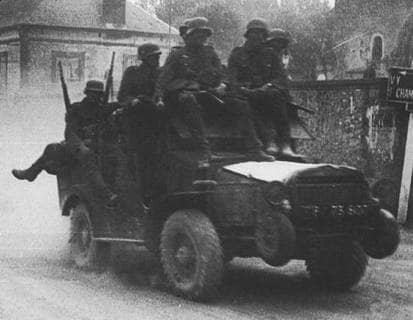
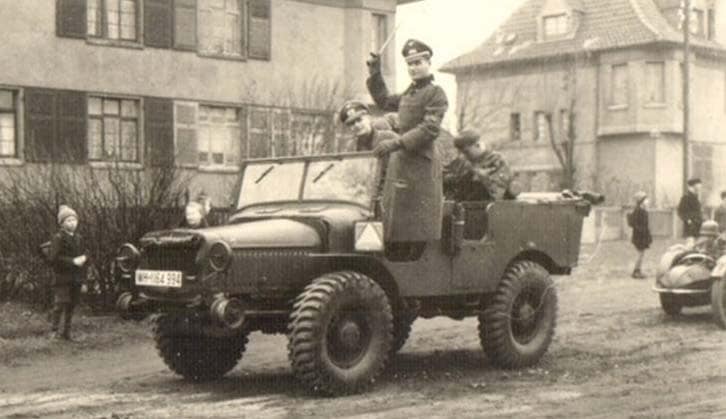
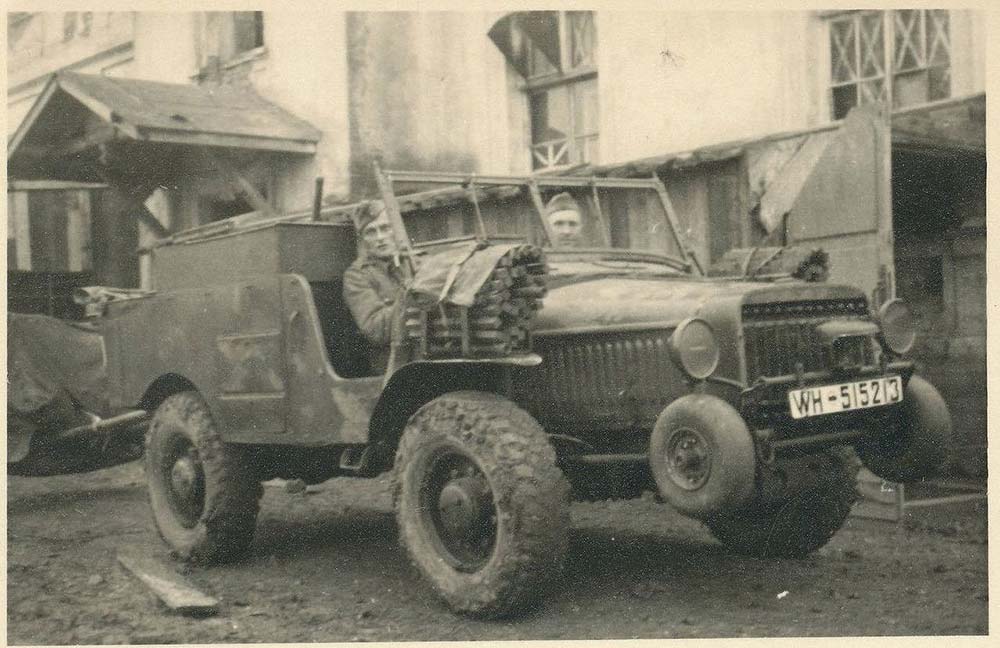
Our machine was one of those produced for the Wehrmacht, so it was painted as we are used to German vehicles. According to historical data, the vehicle served in the brigade “West”, which was stationed in France.
Technical Specifications
| Manufacturer | La Licorne, France | .
| Years of manufacture | 1940 – 1942 (?) |
| Number, pcs | . | Cost | . |
| Cost in current prices | .. |
| MOTOR AND TRANSMISSION | .||||
| Type | 4-cylinder, in-line, bottom-valve | |||
| Engine displacement, cm3 | 2,300 | |||
| Piston diameter and stroke, mm | piston diameter and stroke | |||
| Power output | 55 hp at 3200 rpm | .|||
| ignition | .. | |||
| Carburetor | ||||
| Accumulator | .||||
| Clutch | .||||
| Gearbox | 4-speed | |||
| Wheelbase and wheelbase | .|
| Frame type | .. |
| Front suspension | independent |
| Rear suspension | independent |
| brakes | drums on all wheels |
| Wheel dimensions | |
| DIMENSIONS | .|
| Length, mm |
4 210
|
| Width, mm |
1 850
|
| Height, mm |
1850
|
| Wheelbase, mm | |
| Ground clearance, mm | |
| Mass, kg |
2 600
|
| Petrol tank capacity, l | |
| Maximum speed, km/h |
58
|
| Range, km | |
*- Data based on the results of the measurement on the “Motorworld by V.Sheyanov” exhibit.

